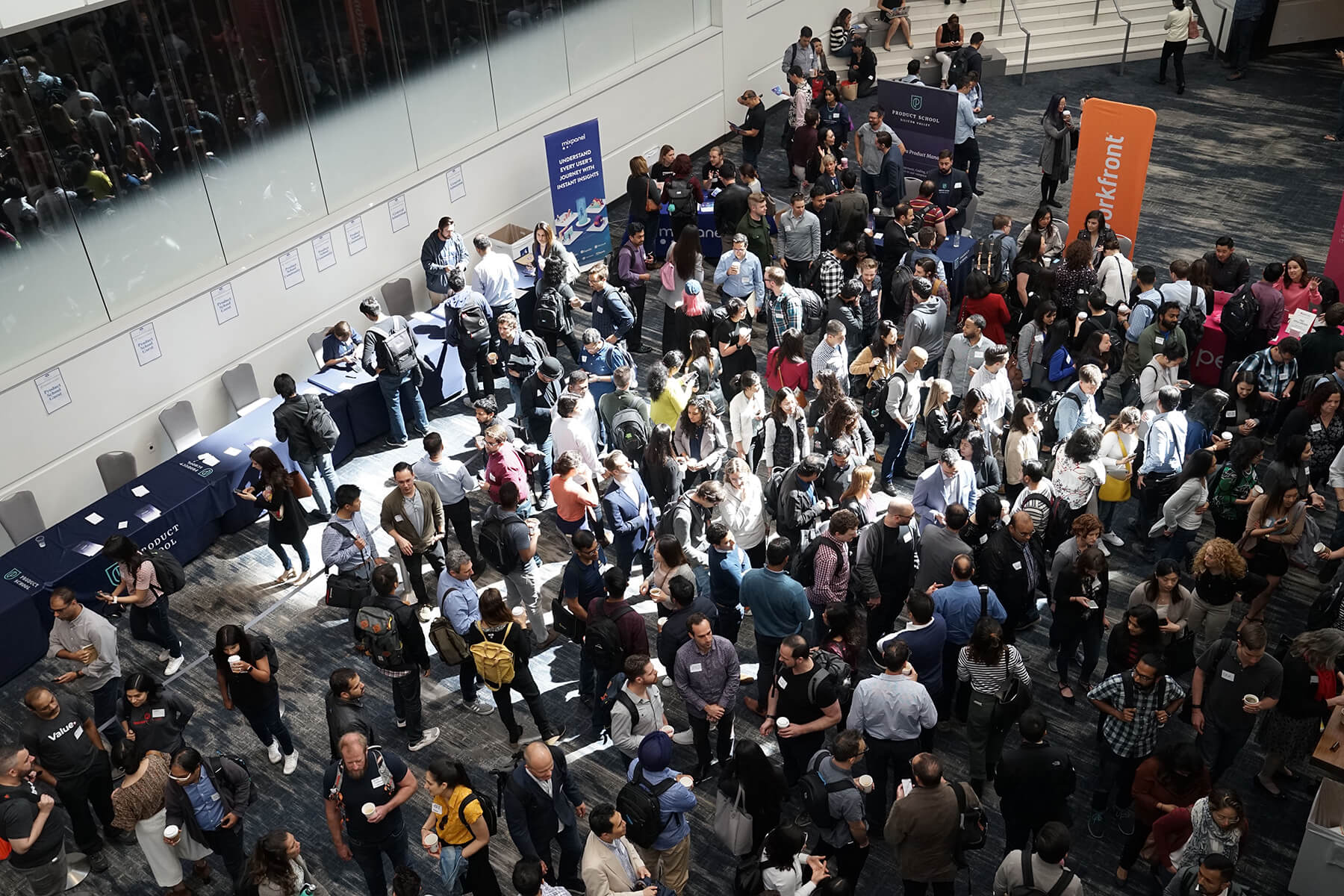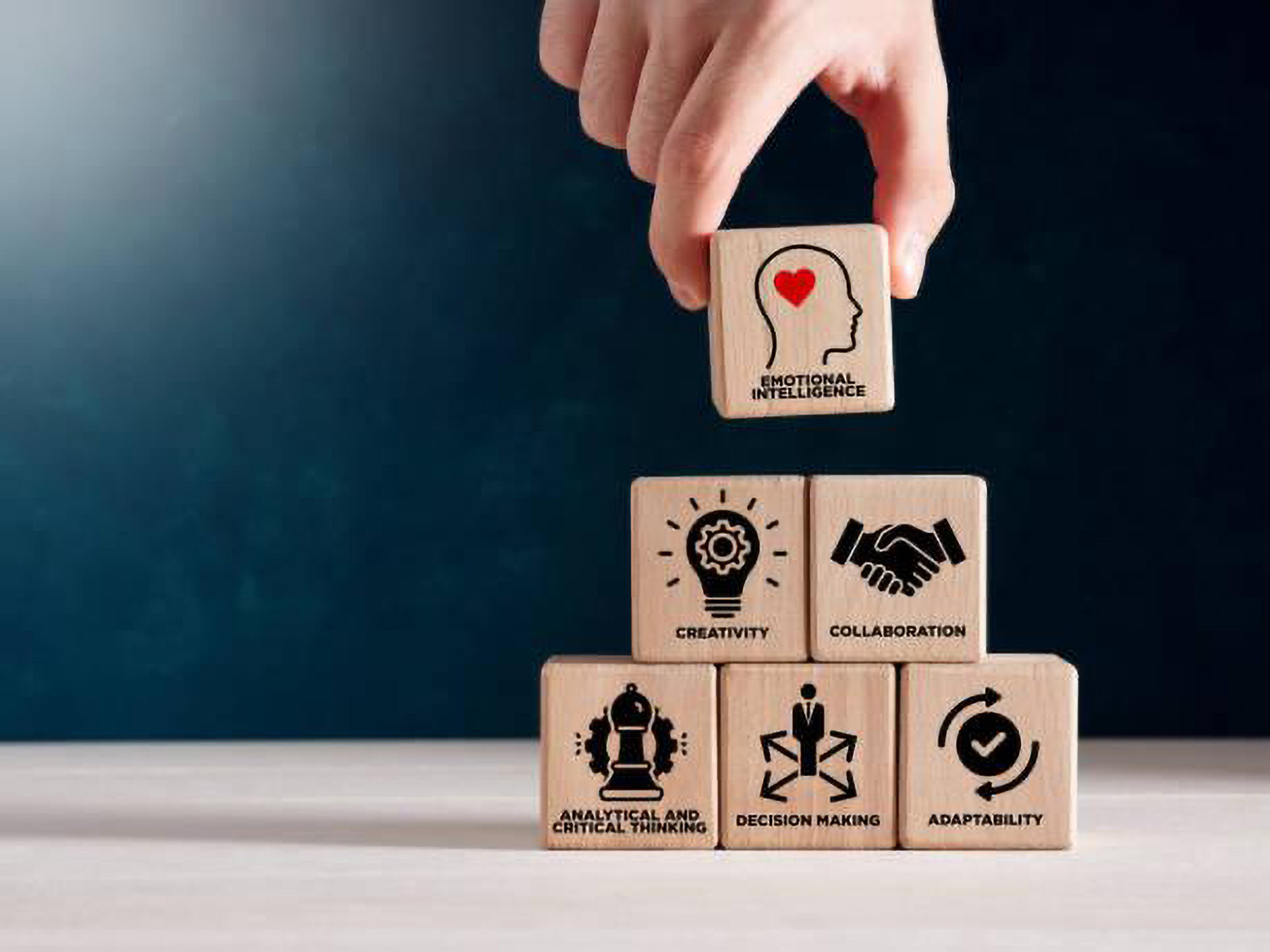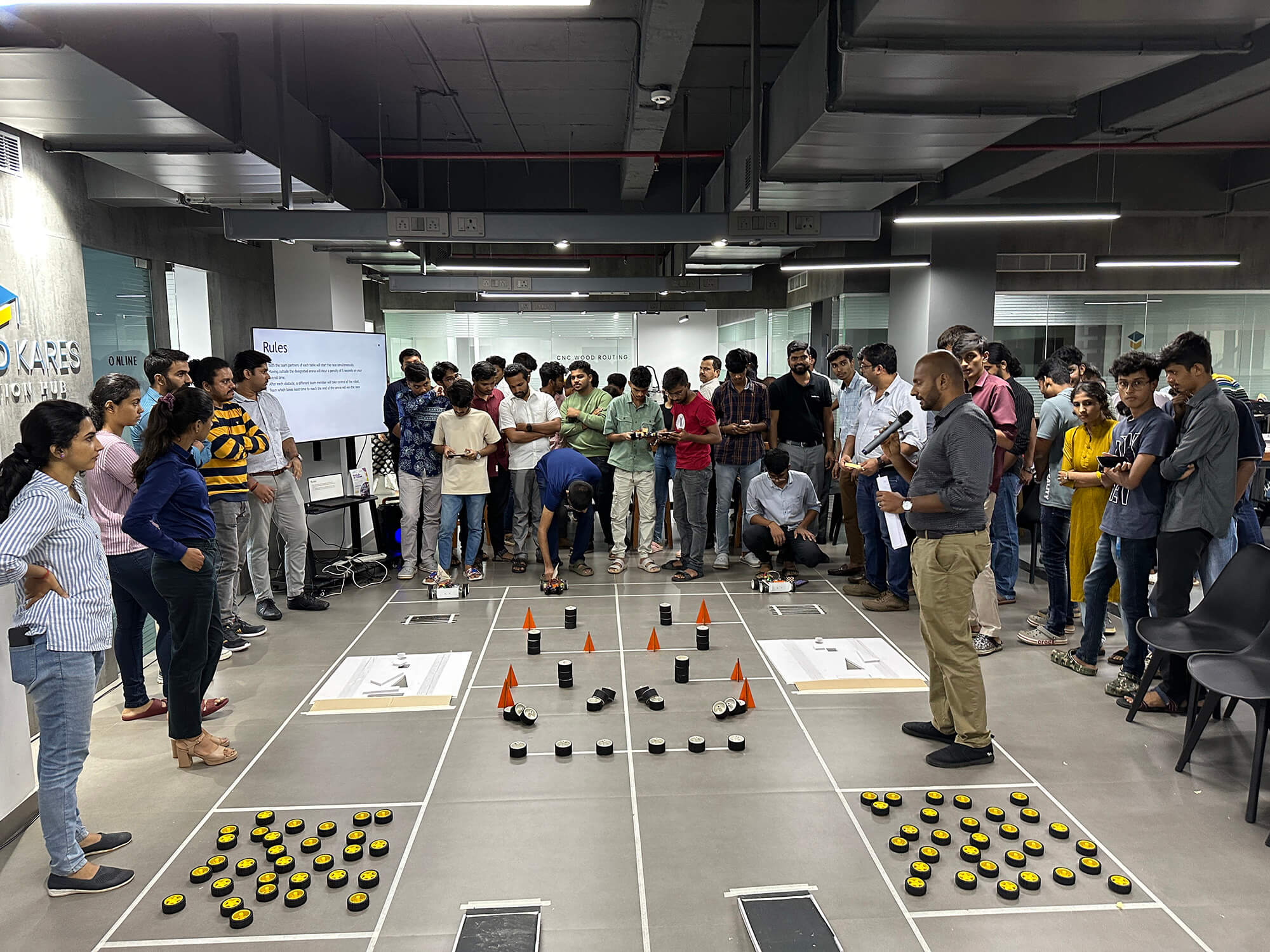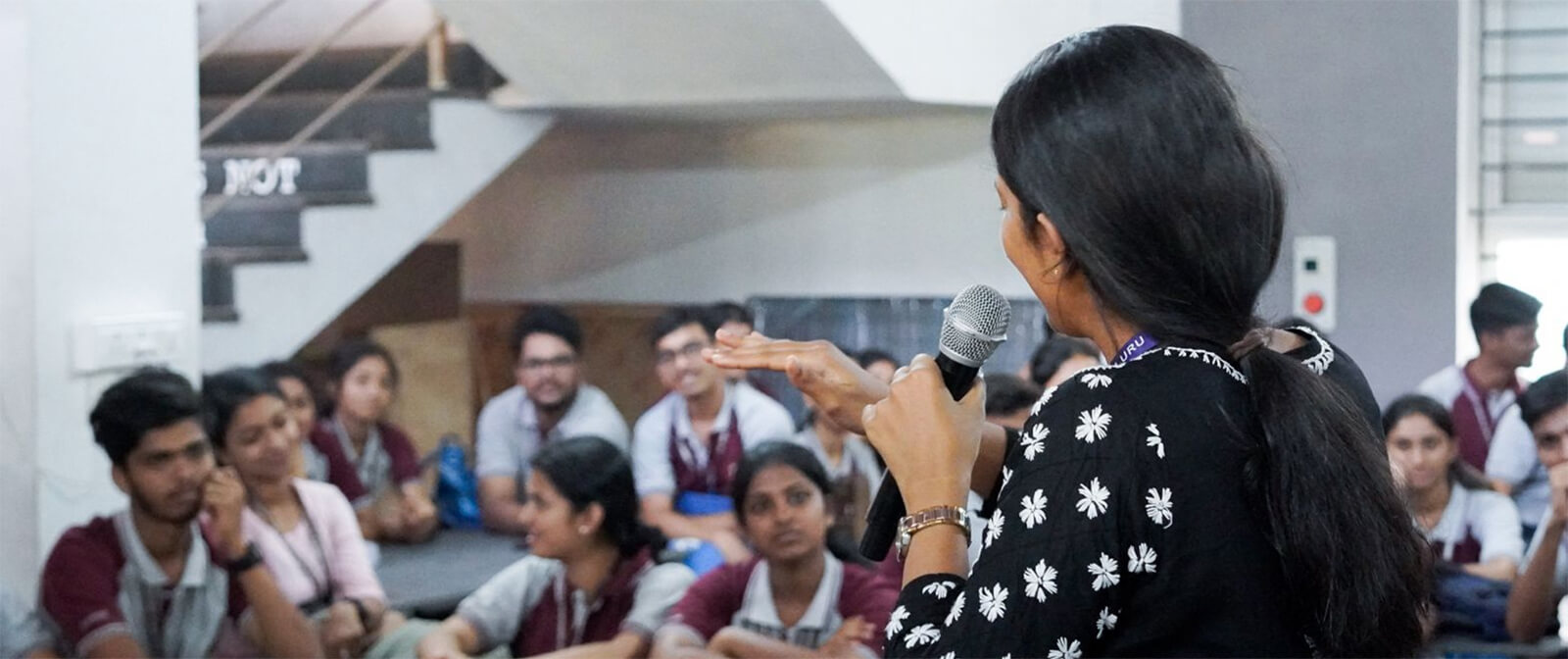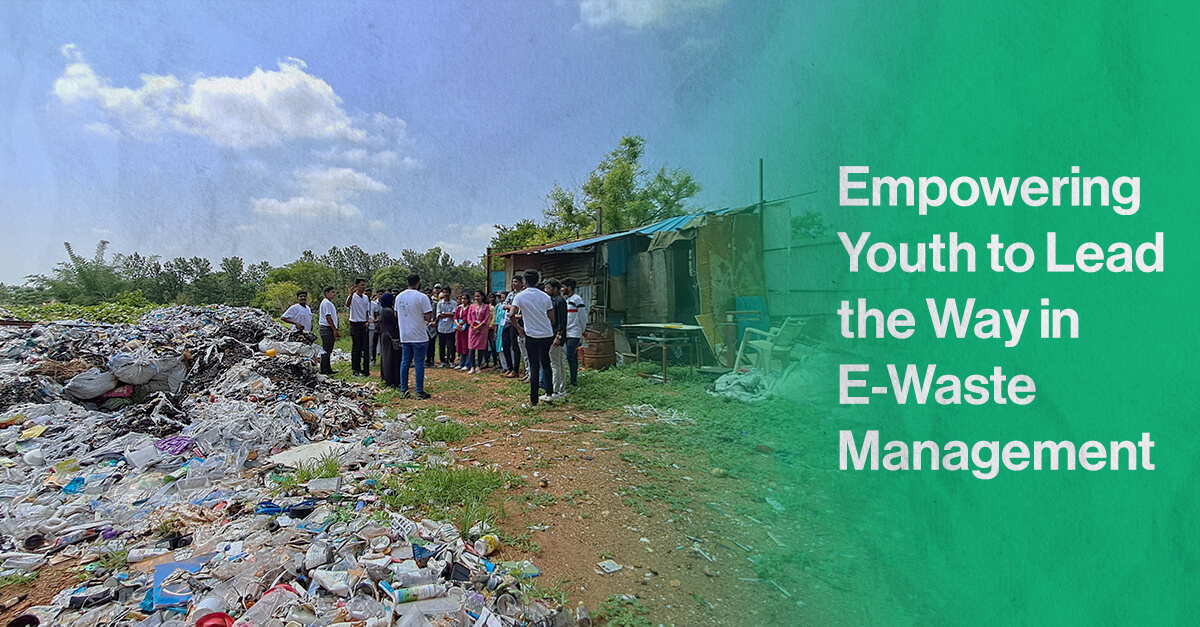Cracked concrete corridors and dusty lecture halls might be the traditional image of learning, but beyond these bricks and mortar, a revolution is brewing. The classrooms of tomorrow are spilling out into schoolyards, living rooms, and even maker spaces, fueled by a spirit of unexpected innovation.
At the heart of this change are students, young minds who are no longer confined to the rigid structures of textbook-based learning. In schoolyards across the globe, the buzz of collaborative projects and hands-on experiments is replacing the silence of rote learning. Here, learning is active, not passive. It’s about building robots from scrap, coding computer games, or designing eco-friendly solutions for the community. This approach ignites a passion for learning and nurtures problem-solving, teamwork, and critical-thinking skills.
The driving force behind this shift is a potent cocktail of technology, changing mindsets, and a growing realisation that the world needs graduates who can think outside the box. We live in a VUCA world – volatile, uncertain, complex, and ambiguous, where rote memorization pales compared to the ability to adapt, innovate, and collaborate.
Meanwhile, living rooms have transformed into personal learning spaces. Thanks to the digital age, students have the world at their fingertips. From online courses to virtual reality experiences, learning has become more accessible and personalised. This shift is particularly crucial for those previously marginalised in traditional education systems. Now, a student in a remote village can learn coding from an expert in Silicon Valley, or a young girl can pursue her passion for astrophysics through online platforms.
The heads of the higher academic institutions are encouraged to recognise these grassroot innovations, which offer valuable insights into how education can be more engaging, inclusive, and effective. By embracing these unconventional methods, educational leaders can foster environments where creativity and practical skills thrive alongside academic knowledge.
So, the next time you picture a classroom, don’t just see rows of desks and droning lectures. Look beyond the walls into the schoolyards and living rooms, where the future of education is being built, brick by brick, code by code, and one unexpected innovation at a time. The textbooks might still be on the shelves, but the real learning is outside the lines. As educators and policymakers, embracing and nurturing this change is crucial. After all, education aims to empower the next generation of thinkers, innovators, and leaders, and this unexpected innovation is doing just that.



